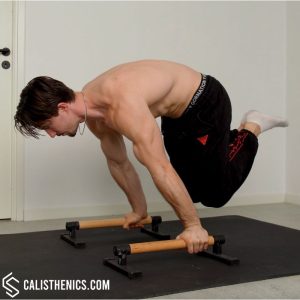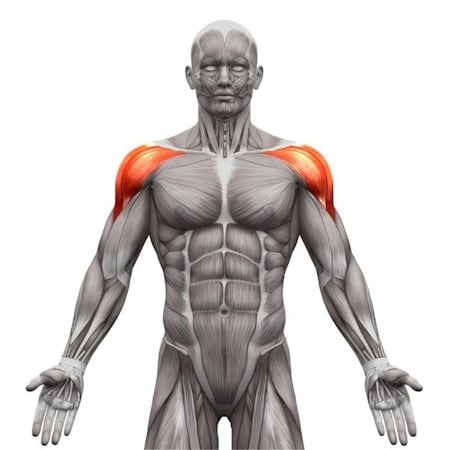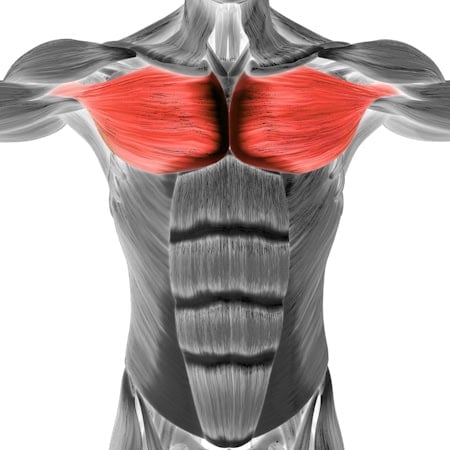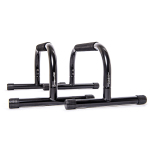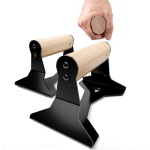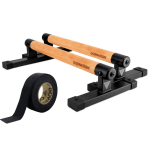Advanced Tuck Planche
How to do Advanced Tuck Planche?
The advanced tuck planche is a progression between the tuck planche and the full planche. In this variation, the knees are moved further away from the chest, increasing the leverage and making the hold significantly more challenging.
Check out our ▶️ planche training routine to unlock the full planche!
The equipment used is the ▶️ Premium Parallettes Pro from GORNATION --> For 10% off use discount code CS10.
CREDIT: This video was prepared in collaboration with calisthenics athlete Simon Imhäuser who was performing the exercise in the video and calisthenics coach Daniel Flefil who shot and edited the video.
Steps to Perform a Proper Advanced Tuck Planche
1. Start in a Tuck Planche Position
• Place your hands shoulder-width apart on the ground or parallettes.
• Engage your core and shoulders while maintaining a protracted scapula (push your shoulders forward).
• Keep your elbows fully extended (do not bend your arms).
2. Shift Your Weight Forward
• Lean your shoulders further over your hands to prepare for the transition.
• Keep your wrists stable and fingers actively pressing into the ground for balance.
3. Move Your Knees Away from the Chest
• Slowly extend your hips backward, moving your knees further away from your torso.
• Your thighs should now be closer to a horizontal position, making the movement resemble a full planche.
4. Keep a Hollow Body Position
• Engage your core, glutes, and lower back to maintain proper body alignment.
• Avoid arching your lower back—keep a neutral spine throughout the movement.
5. Hold the Position
• Focus on maintaining a straight-arm position, with your knees slightly bent but further away from your chest.
• Keep your scapula protracted (shoulders pushed forward).
• Hold for as long as possible, aiming to build endurance and stability.
6. Lower Back to the Starting Position
• Slowly bring your knees back to your chest and place your feet down to finish the hold safely.
Benefits of the Advanced Tuck Planche
✅ Builds Shoulder and Core Strength – Develops the deltoids, core, and stabilizing muscles.
✅ Improves Balance and Control – Requires precise body coordination and scapular engagement.
✅ Strengthens Wrists and Grip – Prepares the body for handstands and other balance-based skills.
✅ Essential Progression for Full Planche – Bridges the gap between tuck planche and full planche.
✅ Can Be Trained Without Equipment – Performed on the floor or parallettes, making it versatile.
Common Mistakes to Avoid
🚫 Bending the Arms – Keep your elbows straight to prevent unnecessary triceps fatigue.
🚫 Shrugging the Shoulders – Maintain scapular protraction to avoid losing control.
🚫 Rushing the Transition – Move slowly when extending your hips backward.
🚫 Letting the Hips Drop – Keep your core and glutes engaged to maintain a stable position.
🚫 Holding Your Breath – Breathe steadily to stay relaxed and increase endurance.
Tips for the proper execution of Advanced Tuck Planche
Engage Your Full Body – Keep your core, shoulders, and glutes engaged for better balance.
Maintain Scapular Protraction – Keep your shoulder blades pushed forward to prevent instability.
Move Slowly and Controlled – Avoid rushing the transition; focus on a gradual extension of your hips.
Keep Wrists Strong and Stable – Strengthen your wrists and forearms to handle the increased pressure.
Breathe Steadily – Do not hold your breath—inhale and exhale smoothly to maintain focus and endurance.
Muscles worked when doing Advanced Tuck Planche
Primary Muscles
•Shoulders (Deltoids) – Support most of the body weight in the hold.
•Core (Rectus Abdominis, Transverse Abdominis) – Stabilizes the torso and prevents sagging.
•Serratus Anterior – Aids in scapular protraction and shoulder control.
Secondary Muscles
•Triceps – Helps keep the arms locked and stable.
•Wrists and Forearms – Maintain balance and prevent wrist strain.
•Glutes and Hip Flexors – Engage to support proper body positioning.
Primary Muscle(s):
Secondary Muscle(s):
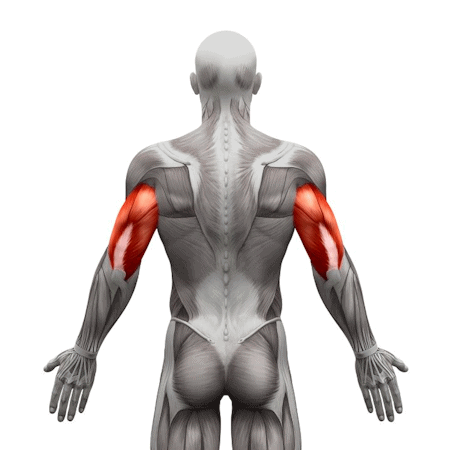
Triceps
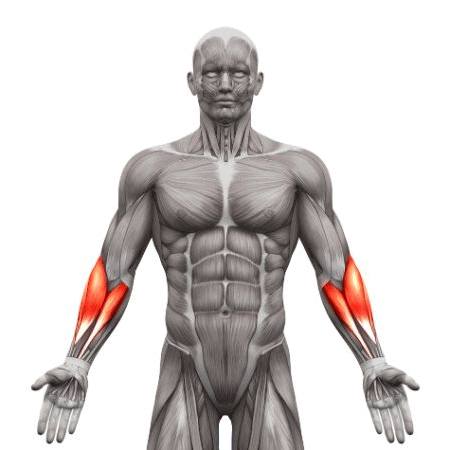
Forearm
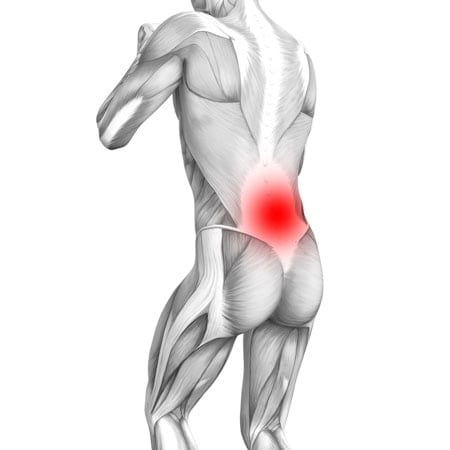
Lower back
Adjust the difficulty of Advanced Tuck Planche
How to make Advanced Tuck Planche harder?
How to make Advanced Tuck Planche easier?
How to make Advanced Tuck Planche harder?
To make Advanced Tuck Planche harder:
-
Increase Hold Duration • Aim for 20-30 seconds per hold to build endurance.
-
Extend Your Legs Slightly More • Move closer to a straddle or full planche by gradually straightening the legs.
-
Perform Advanced Tuck Planche Push-Ups • Lower your body slightly and push back up while maintaining the position.
-
Train on Gymnastics Rings • Holding an advanced tuck planche on rings increases instability and difficulty.
-
Use a Weighted Vest • Adding weight increases resistance and makes progression toward the full planche easier.
How to make Advanced Tuck Planche easier?
To make Advanced Tuck Planche easier:
-
Use Parallel Bars or Parallettes • These provide better wrist positioning and make balance easier.
-
Perform on an Inclined Surface • Place your hands on an elevated surface to reduce the load.
-
Use Resistance Bands for Assistance • Attach a band to a pull-up bar and place it around your hips for support.
-
Train with Partial Holds • Instead of holding the position fully, work on short holds and gradually increase the duration.
-
Build Strength with Planche Leans • Lean forward in a plank position to strengthen your shoulders and wrists.

